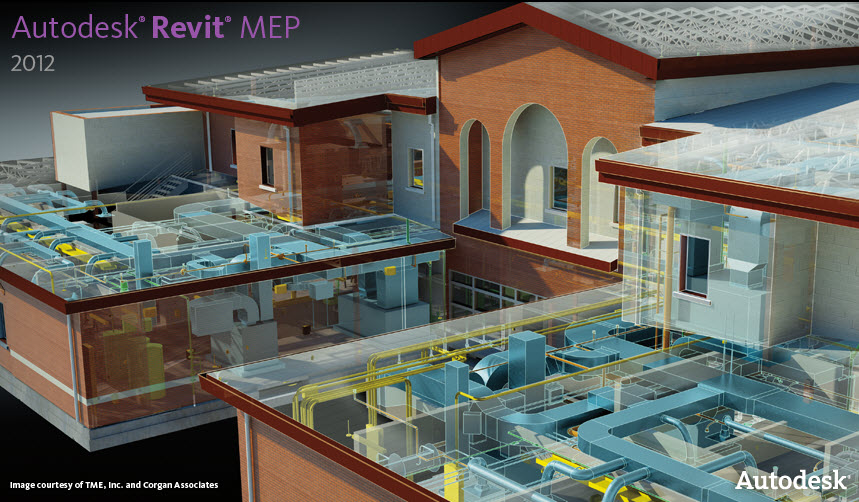http://www.journalofcommerce.com/article/id38205
Mindset change essential to successful BIM adoption
by PATRICIA WILLIAMS
Changing the way we think and build is one of the challenges inherent in adoption of building information modeling, says a mechanical contractor. Al Prowse, who is president of H. Griffiths Co. Ltd., represents the Mechanical Contractors Association of Canada on the Canada BIM Council.
He said that while BIM is poised to revolutionize the construction industry, this technology is in fact a different animal.
Inherent challenges, in addition to the need for a fundamental change of mindset, are staff training, required upgrades to hardware and software and standardization of systems and procedures.
“It isn’t simply a case of taking a two-dimensional AutoCAD draftsman and teaching him to draw in three dimensions,” he said.
Prowse gave a presentation on BIM at the Canadian Mechanical Contracting Education Foundation’s middle management education conference in Toronto.
This is the first time BIM has been on the agenda at the biannual conference, targeted at project managers, superintendents, foremen, estimators and middle managers.
“The key message is: It’s coming fast, don’t let it bury you,” he said.
Prowse, who estimated that there are only a handful of mechanical contracting firms in southern Ontario currently using BIM, sees a host of potential benefits stemming from development of smart building models tied to a database of information.
BIM has four key elements in terms of virtual construction, he said.
These are: three-dimensional design, 4D scheduling capabilities, 5D cost estimating and emergent 6D lifecycle management, which uses the model to perform activities related to post-construction management of a facility.
“Data from these elements can be interlinked and software utilized to perform all types of analysis,” Prowse said. “All we need to do is decide what we want and strive to promote integrated BIM best practices.”
From a contractor’s perspective, one of the boons is that collisions and interferences between building systems will be “all but eliminated” at the design stage allowing more prefabrication and reducing costs.
“A project is more ‘controllable’ when it isn’t changing all the way through,” he said.
Data compiled by The Economist indicates that inefficiencies, mistakes and delays account for $200 billion of the $650 billion spent on construction in the United States every year.
“When BIM is done right, you’re providing a tool to the constructors and building owners that basically is all encompassing,” said Prowse.
“The information is all there.”

No comments:
Post a Comment